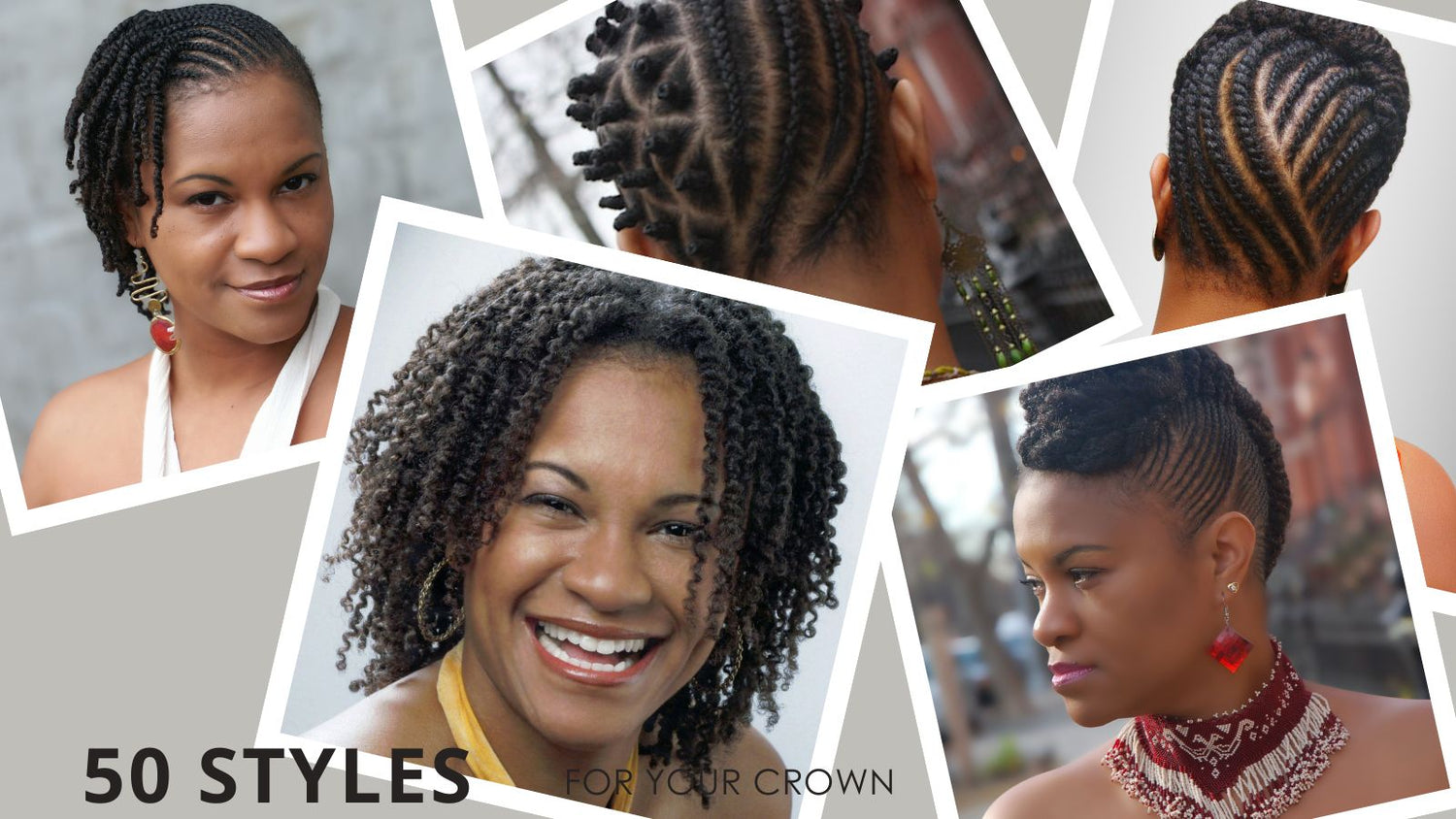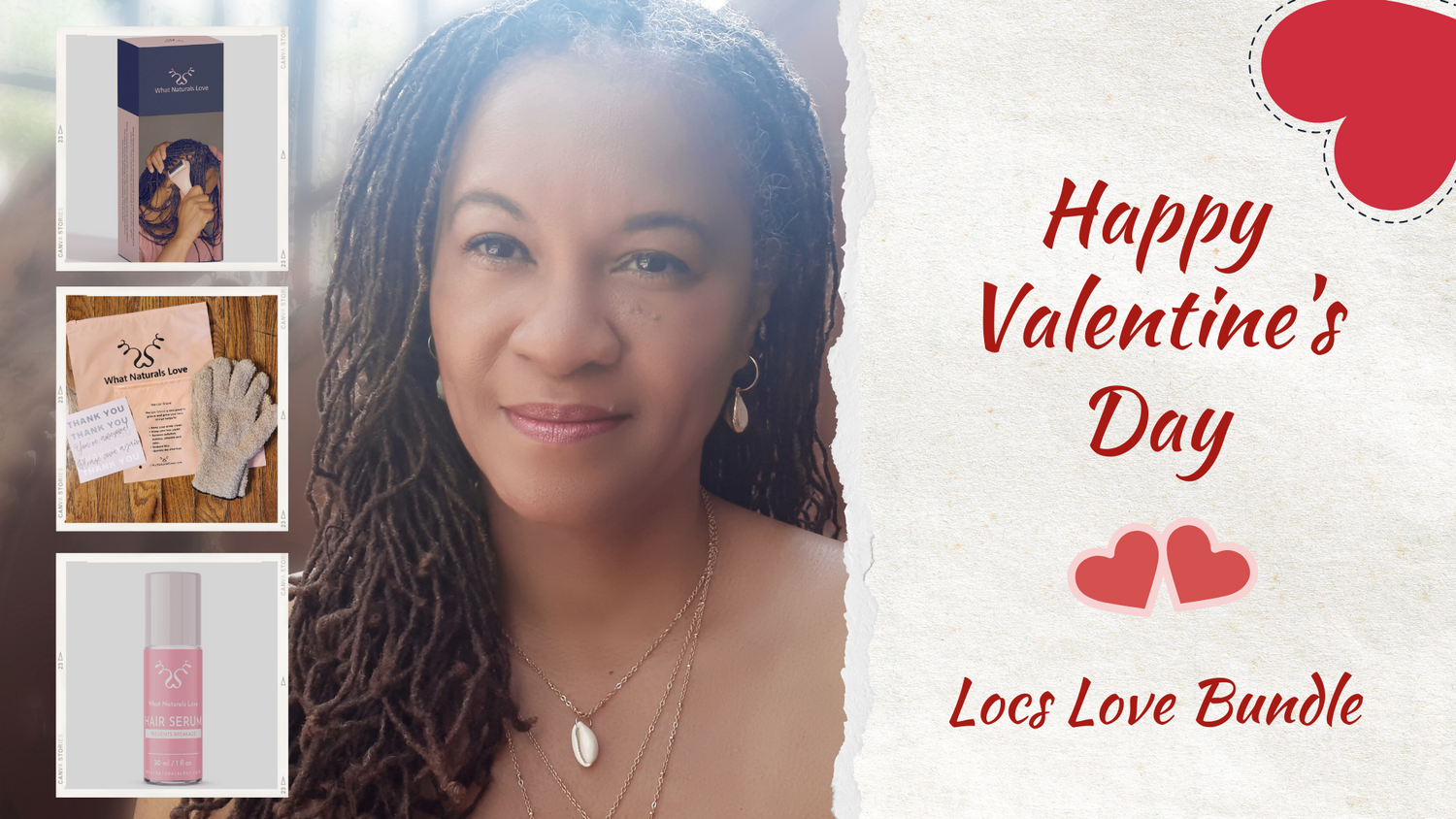Sandy Weeks: Honoring My First Natural Hair Model and Her Timeless Locs
Every movement has its pioneers, and every book has its muses. When I set out to create Kroeshaar, wat je moet weten en meer—the very first book on natural hair in the Netherlands—I knew I needed photos of natural hairstyles. I honestly didn't even think of locs until I met Sandy Weeks.
Our story begins in the vibrant, rhythmic heart of Amsterdam, at Sabar Senegalese dance classes. While I was trying to get the steps, listening to the live drummer and understanding the breaks, Sandy and I started talking after class.

Sandy Weeks in 2003 - 10 Years Loced
The Black beauty from Curacao stood out with her crown of long, mature locs. This was a time, remember, when embracing natural hair was seen as a radical act. To see someone with locs, and long ones at that, was a rare and powerful statement. Sandy was a trailblazer by simply being herself. When I asked her if she wanted to be a model for my book, she said yes without hesitation. Then she sent me these photos. Yes, I still have them, preserved in grey scale in the pages of Kroeshaar, Wat je Moet Weten en Meer.
Our paths crossed again at a Women’s Day event in The Hague, and then once more in Amsterdam Southeast at a book presentation for another one of my natural hair models from Curacao (but that is another story!). It was at the OB Amsterdam Zuidoost that this graceful woman, with her unwavering confidence, finally shared her hair story on camera, becoming the very first natural hair model for my debut book.
A Loc Journey of Patience and Defiance
Sandy’s loc journey is a testament to quiet resilience. She knew her own mind from a young age. At just 14, living on Curacao, she felt the call to loc her hair. But back then, "it was not done." Society, and perhaps tradition, had other expectations.
Instead of rebelling loudly, she waited. She held onto her vision with a clarity that belied her years. At 19, finally out of her parents' house and in the Netherlands, she claimed her autonomy. She took the step she had always known was right for her.
She shared the details of her routine with me back then, and her words are a precious piece of this history:
Ik heb mijn dreads sinds augustus 1993.
Ga niet naar de kapper.
Het is de bedoeling dat ik mijn haar 1 keer per week was en het dan met haarvet draai (stuk voor stuk), en invet.
*Ik had eerst nepvlechten (vanaf mijn 14-de). Ben overgegaan op dreads omdat ik dat al heel lang wou (vanaf mijn 17-de). Een bijkomend voordeel is dat het een heel praktisch kapsel is.*
Ik heb niet opgelet hoe lang het geduurd heeft maar ik denk toch wel een jaartje. Ik heb nl. geen produkten gebruikt om het haar echt te "dreadten". Had gewoon kleine vlechtjes die ik heb laten zitten, die zijn vanzelf dreads geworden.
Mijn nicht heeft mijn haar gevlochten. Ik onderhoud het sindsdien zelf.
In het begin was ik minder tijd kwijt met mijn dreads dan nu. Doordat ze toen korter waren kostte het minder tijd om ze te wassen en te draaien. Nu ben ik ongeveer anderhalf uur per week kwijt eraan.
Niet echt tips maar wil wel zeggen dat het haar echt heel goed schoon te houden is.
(I have had my dreads since August 1993. I don't go to a hairdresser. I wash my hair once a week and then twist each loc with hair grease. I first had braid extensions from the age of 14. I switched to dreads because I had wanted them for a long time (from the age of 17). An added advantage is that it's a very practical hairstyle. It took about a year for them to form, as I didn't use any products to make them "lock." I just had small braids that I left in, and they became dreads on their own. My cousin braided my hair. I have maintained it myself since then. In the beginning, I spent less time on my dreads than now. Because they were shorter then, it took less time to wash and twist them. Now it takes me about an hour and a half a week. Not really any tips, but I do want to say that the hair is really easy to keep clean.)

Sandy Weeks now 2025
Her philosophy was, and still is, beautifully simple: “People who don’t like my hair, that is ok, then I am not for you.” This wasn't a statement of defiance, but one of profound self-acceptance. She never sought permission to be herself.
Writing Natural History Together
Sandy was more than a model; she was a crucial part of writing a new chapter for natural hair in the Netherlands. In 2003, at the book presentation in the Koningskerk in Amsterdam, she stood with me as we made history. I was so proud to present her with a copy of the book she helped bring to life—a small token for the immense gift of her presence and story.
Now, more than 22 years later, her journey continues. Her locs, once impressive, are now a breathtaking cascade, flowing almost to her knees. She now lives in The Hague, her locs adorned with beautiful jewelry, each piece a marker of her continuing story.
Sandy Weeks, thank you. Thank you for your courage, your beauty, and for trusting me with your story at the very beginning. You didn't just model for a book; you helped inspire a generation to embrace their own crowns, in all their glorious, natural forms.
Your loc journey continues to be a beautiful, living testament to the power of staying true to yourself.
If you value this blog and you want to support, please consider downloading BAD Hair Uprooted, the Untold History of Black Follicles. and become part of the movement for equal hair rights.





